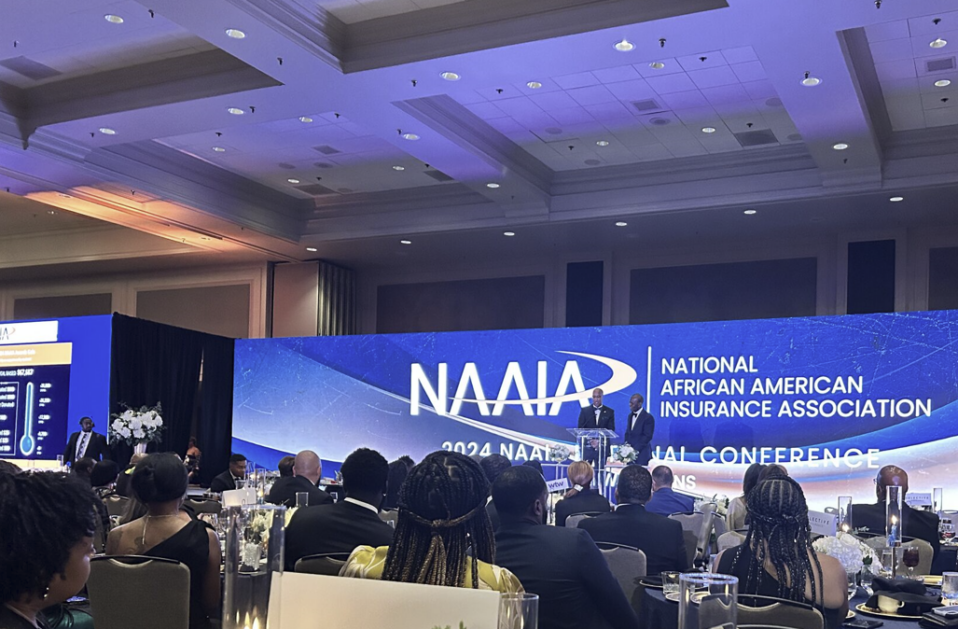The insurance market, while it remains widespread across the U.S., isn’t fully inclusive. The racial and financial gap in the insurance realm caused by various reasons cannot be ignored. According to Life & Health Insurance Inclusion Radar, affordability and accessibility are the two main reasons behind insurance exclusivity.
That said, it is crucial for insurers to address these issues and work towards closing this gap. Inclusive insurance is typically a situation where insurance policies are available for all to access. Fortunately, players in the insurance sector can promote inclusion and address the critical needs of underserved communities. Below are a few steps insurance companies can take to promote inclusive insurance:
1. Thorough market research
The insurance industry should conduct extensive market research to understand diverse customer needs in society, especially in communities that have been overlooked. Insurance companies can gain insights that help them formulate better business and policy decisions from research data.
2. Forming strategic partnerships
Insurance companies should also explore novel partnerships with underserved communities to enhance inclusion and diversity. Inclusion in the insurance industry shouldn’t only revolve around developing favorable policies. It should also include representation in insurance companies.
Insurance companies should partner with non-insurance businesses that have made inroads in the underserved community to access new customers. Forming private-public partnerships with NGOs, government agencies, and microfinance institutions also presents new opportunities to the community.
3. Regulatory changes
The insurance industry should also engage regulators to ensure there’s a balance between innovation and customer protection. Most of the recent policies in the insurance industry are very regulated and specifically designed for complicated high-end products. This can’t align with emerging markets, which can only benefit from flexible standards that meet the basic needs of low-income earners.
To achieve equality and inclusion, regulatory approvals for new products that can potentially benefit underserved communities shouldn’t be disincentivized. Insurance companies should work with regulators in the industry to design inclusive options that favor the neglected population.
4. More innovation
Continuous innovation in insurance product design should also accompany underwriting practices geared toward developing an inclusive insurance market. For instance, life insurance policies often offered by employers can only benefit permanent employees. However, with the increasing adoption of the gig economy and other changes in work environments, insurance companies should introduce insurance options that aren’t specifically dependent on employer benefits.
The Bottom Line
Insurance companies should work towards uplifting struggling communities. Aside from making their services accessible, insurance firms should also develop affordable policies that favor underserved communities. Forming strategic partnerships with non-profit organizations like the NAAIA Foundation can increase the uptake of insurance products in these populations.



Post a comment